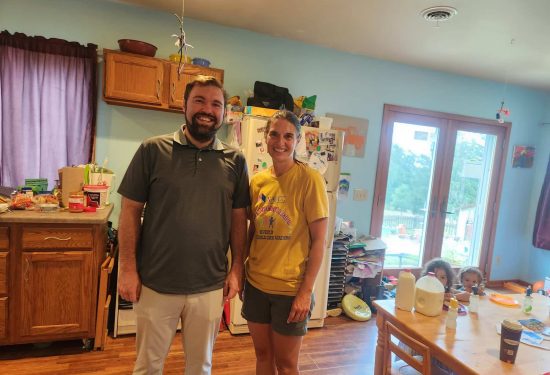Navigating the Second Stimulus: You are not alone.
The pandemic has turned into a marathon that none of us expected. The child care industry, in particular, has been under incredible stress providing services, adhering to increased cleaning and safety regulations, and taking care of their own families and health. The strain it has put on all of you is only matched by the strain it has put on your businesses, pushing you to the breaking point in many cases. The good news is that much needed help has arrived.
A new stimulus bill was signed on December 27th, 2020. There are some familiar programs like the Paycheck Protection Program (PPP) as well as some old ones that are being implemented in new ways, like the Employee Retention Tax Credit (ERC) and the Economic Injury Disaster Loan (EIDL). This second stimulus offers great promise to family care providers who are struggling to make ends meet during this pandemic. You can now qualify for more programs than ever before, providing an incredible opportunity. The challenge is that the stimulus is complicated and not easy to follow.
As I spent my time over Christmas vacation going through the 1,000-plus pages of the stimulus, family care providers came to mind. How could we make the stimulus most accessible to all of you? How could we ensure that you received the support you need, to make it easier for you to access these critical opportunities? The programs stand to offer much needed financial relief if providers have the time and energy left to sift through the guidance on eligibility and application processes. We needed a way to help streamline the process, allowing providers to connect to these opportunities while minimizing any additional stress. The result of this effort is Home Grown’s Stimulus Navigator.
The Stimulus Navigator poses six questions to walk you through determining eligibility and following the application process for the multitude of stimulus programs, including the Paycheck Protection Program First Draw, Paycheck Protection Program Second Draw, Employee Retention Tax Credit 2020, Employee Retention Tax Credit 2021, the targeted Economic Injury Disaster Loan, and Families First Coronavirus Act Leave. Additionally, for some of these programs, you now need to pass a revenue test, as the government is unfortunately using revenue as a key indicator of your business’s health. The change in revenue calculations can be tricky, especially in cases where quarterly revenue has not been tracked in the past. However, the Stimulus Navigator explains step-by-step how to find the numbers that you need to apply for the stimulus opportunity and provides simple tables to walk you through the calculations. The Stimulus Navigator is available here and shared freely. If you haven’t already, take a look at the Stimulus Navigator and see what kind of funding you’re entitled to help you get through the pandemic. In addition to this useful guide, we are offering email support free of charge through Home Grown in both English and Spanish. At any point during the process, if you have any questions at all, send us an email at ppp@civstrat.com and we will get back to you promptly. Know that you do not have to go through this alone. Help is just a click away.




